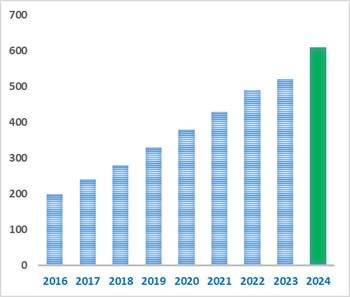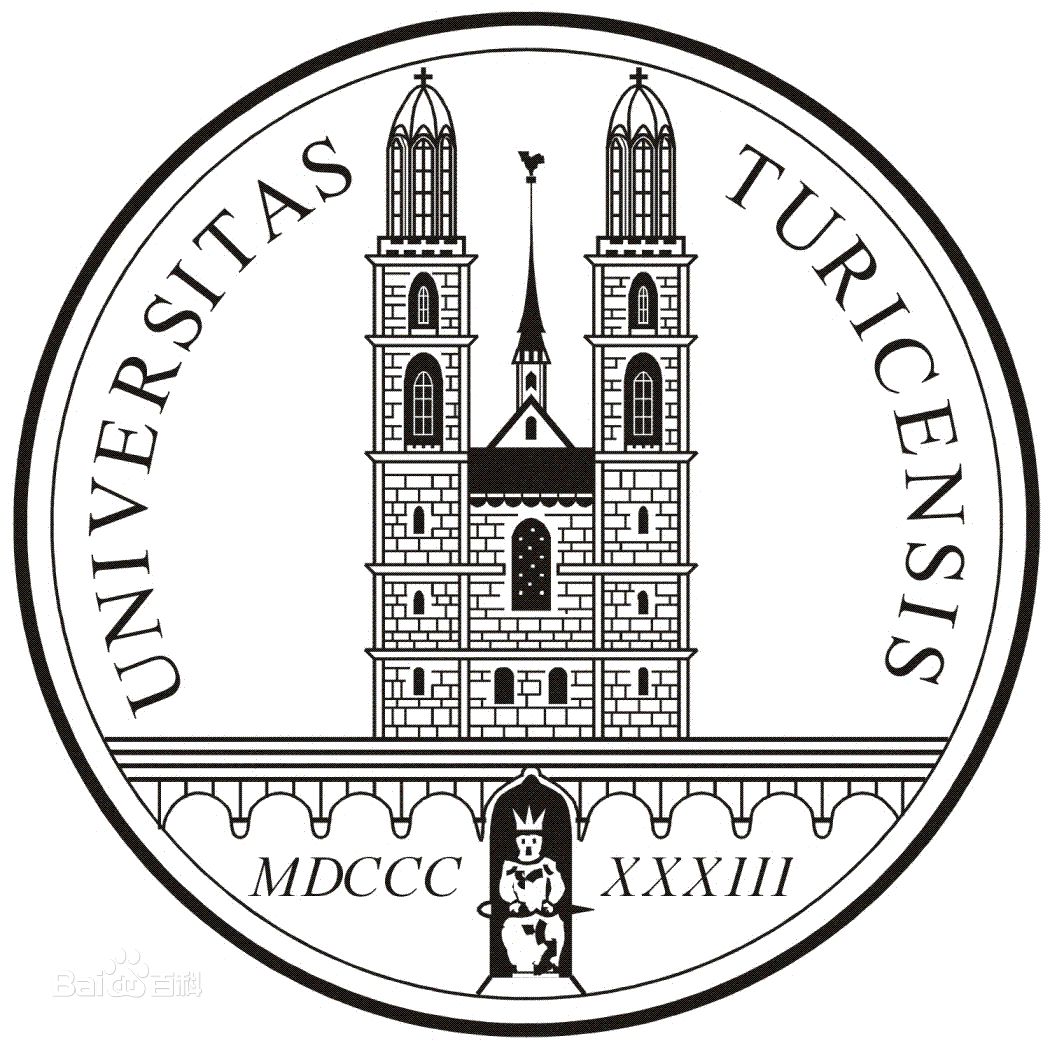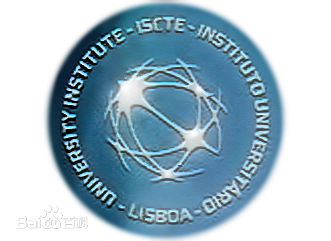Mangostenone FCAS# 1242438-70-5 |

Quality Control & MSDS
Package In Stock
Number of papers citing our products

| Cas No. | 1242438-70-5 | SDF | Download SDF |
| PubChem ID | N/A | Appearance | Powder |
| Formula | C24H24O6 | M.Wt | 408.5 |
| Type of Compound | Xanthones | Storage | Desiccate at -20°C |
| Solubility | Soluble in Chloroform,Dichloromethane,Ethyl Acetate,DMSO,Acetone,etc. | ||
| General tips | For obtaining a higher solubility , please warm the tube at 37 ℃ and shake it in the ultrasonic bath for a while.Stock solution can be stored below -20℃ for several months. We recommend that you prepare and use the solution on the same day. However, if the test schedule requires, the stock solutions can be prepared in advance, and the stock solution must be sealed and stored below -20℃. In general, the stock solution can be kept for several months. Before use, we recommend that you leave the vial at room temperature for at least an hour before opening it. |
||
| About Packaging | 1. The packaging of the product may be reversed during transportation, cause the high purity compounds to adhere to the neck or cap of the vial.Take the vail out of its packaging and shake gently until the compounds fall to the bottom of the vial. 2. For liquid products, please centrifuge at 500xg to gather the liquid to the bottom of the vial. 3. Try to avoid loss or contamination during the experiment. |
||
| Shipping Condition | Packaging according to customer requirements(5mg, 10mg, 20mg and more). Ship via FedEx, DHL, UPS, EMS or other couriers with RT, or blue ice upon request. | ||

Mangostenone F Dilution Calculator

Mangostenone F Molarity Calculator
| 1 mg | 5 mg | 10 mg | 20 mg | 25 mg | |
| 1 mM | 2.448 mL | 12.2399 mL | 24.4798 mL | 48.9596 mL | 61.1995 mL |
| 5 mM | 0.4896 mL | 2.448 mL | 4.896 mL | 9.7919 mL | 12.2399 mL |
| 10 mM | 0.2448 mL | 1.224 mL | 2.448 mL | 4.896 mL | 6.12 mL |
| 50 mM | 0.049 mL | 0.2448 mL | 0.4896 mL | 0.9792 mL | 1.224 mL |
| 100 mM | 0.0245 mL | 0.1224 mL | 0.2448 mL | 0.4896 mL | 0.612 mL |
| * Note: If you are in the process of experiment, it's necessary to make the dilution ratios of the samples. The dilution data above is only for reference. Normally, it's can get a better solubility within lower of Concentrations. | |||||

Calcutta University

University of Minnesota

University of Maryland School of Medicine

University of Illinois at Chicago

The Ohio State University

University of Zurich

Harvard University

Colorado State University

Auburn University

Yale University

Worcester Polytechnic Institute

Washington State University

Stanford University

University of Leipzig

Universidade da Beira Interior

The Institute of Cancer Research

Heidelberg University

University of Amsterdam

University of Auckland

TsingHua University

The University of Michigan

Miami University

DRURY University

Jilin University

Fudan University

Wuhan University

Sun Yat-sen University

Universite de Paris

Deemed University

Auckland University

The University of Tokyo

Korea University
- cis-N-Terrestriamide
Catalog No.:BCX2109
CAS No.:2170469-93-7
- Morindaparvin W
Catalog No.:BCX2108
CAS No.:2596365-67-0
- 25(27)-Ene-elephanoside H
Catalog No.:BCX2107
CAS No.:1592406-40-0
- Flindersine
Catalog No.:BCX2106
CAS No.:523-64-8
- Isorhamnetin 3-O-apiosyl (1->2)[rhamnosyl (1->6)]glucoside
Catalog No.:BCX2105
CAS No.:165605-18-5
- 25R-Tupistroside E
Catalog No.:BCX2104
CAS No.:1448639-95-9
- Stellarin 2
Catalog No.:BCX2103
CAS No.:63975-58-6
- 3',4'-Dimethoxytaxifolin
Catalog No.:BCX2102
CAS No.:179871-73-9
- Kaempferol 3-O-malonylglucoside
Catalog No.:BCX2101
CAS No.:81202-52-0
- 2-Methoxy-2-methyl-6-(4-methylphenyl)-4-heptanone
Catalog No.:BCX2100
CAS No.:70369-29-8
- 4-(3,5-Dihydroxy-7-(4-hydroxy-3-methoxyphenyl)heptyl)benzene-1,2-diol
Catalog No.:BCX2099
CAS No.:884495-94-7
- Wattigenin A
Catalog No.:BCX2098
CAS No.:171485-66-8
- Garcinexanthone C
Catalog No.:BCX2111
CAS No.:1107620-69-8
- O-Methylglycosolone
Catalog No.:BCX2112
CAS No.:41303-25-7
- Tellimagrandin I
Catalog No.:BCX2113
CAS No.:79786-08-6
- 3alpha-Hinokiol
Catalog No.:BCX2114
CAS No.:107740-34-1
- Biflorin
Catalog No.:BCX2115
CAS No.:89701-85-9
- 6-Hydroxy-2-methoxyacetophenone 4-O-beta-D-xylopyranosyl-(1->6)-beta-D-glucopyranoside
Catalog No.:BCX2116
CAS No.:2140317-59-3
- Fischeroside B
Catalog No.:BCX2117
CAS No.:1307257-08-4
- Isolophanthin B
Catalog No.:BCX2118
CAS No.:1370511-57-1
- 7-O-Methylhorminone
Catalog No.:BCX2119
CAS No.:122482-10-4
- Isocarthamidin 7-O-glucuronide
Catalog No.:BCX2120
CAS No.:119600-61-2
- 6,8-Di-C-beta-D-glucopyranosylacacetin
Catalog No.:BCX2121
CAS No.:28234-99-3
- 1,5-Epoxy-3S-hydroxy-1-(3,4-dihydroxy-5-methoxyphenyl)-7-(4-hydroxy-3-methoxyphenyl)heptane
Catalog No.:BCX2122
CAS No.:182369-54-6
Anti-Inflammatory Effect of Mangostenone F in Lipopolysaccharide-Stimulated RAW264.7 Macrophages by Suppressing NF-kappaB and MAPK Activation.[Pubmed:25143806]
Biomol Ther (Seoul). 2014 Jul;22(4):288-94.
Mangostenone F (MF) is a natural xanthone isolated from Garcinia mangostana. However, little is known about the biological activities of MF. This study was designed to investigate the anti-inflammatory effect and underlying molecular mechanisms of MF in lipopolysaccharide (LPS)-stimulated RAW264.7 macrophages. MF dose-dependently inhibited the production of NO, iNOS, and pro-inflammatory cytokines (TNF-alpha, IL-6, and IL-1beta) in LPS-stimulated RAW264.7 macrophages. Moreover, MF decreased the NF-kappaB luciferase activity and NF-kappaB DNA binding capacity in LPS-stimulated RAW264.7 macrophages. Furthermore, MF suppressed the NF-kappaB activation by inhibiting the degradation of IkappaBalpha and nuclear translocation of p65 subunit of NF-kappaB. In addition, MF attenuated the AP-1 luciferase activity and phosphorylation of ERK, JNK, and p38 MAP kinases. Taken together, these results suggest that the anti-inflammatory effect of MF is associated with the suppression of NO production and iNOS expression through the down-regulation of NF-kappaB activation and MAPK signaling pathway in LPS-stimulated RAW264.7 macrophages.
Inhibition effects of mangosenone F from Garcinia mangostana on melanin formation in B16F10 cells.[Pubmed:22779928]
J Agric Food Chem. 2012 Aug 29;60(34):8372-8.
Melanogenesis can be controlled by tyrosinase inhibition or by blocking the maturation processes of tyrosinase and its related proteins. Mangostenone F was isolated from the seedcases of Garcinia mangostana . Mangostenone F was shown to be inactive against tyrosinase (IC50 > 200 muM) but was a potent alpha-glucosidase inhibitor in vitro (IC50 = 21.0 muM). Mangostenone F was found to inhibit production of melanin in the mouse melanoma cell line B16F10. Importantly, unlike most glycosidase inhibitors, Mangostenone F displayed very low cytotoxicity (EC50 > 200 muM). The Western blot for expression levels of proteins involved in melanogenesis showed that Mangostenone F down-regulated tyrosinase and TRP-2 expression. Treating B16F10 cells with Mangostenone F significantly increased the susceptibility of tyrosinase to endoglycosidase H digestion, indicating that tyrosinase was unable to mature fully and pass to the trans-golgi apparatus. Consistent with these data, in lysate assays, Mangostenone F was shown to be a better inhibitor of alpha-glucosidases than deoxynojirimycin, a representative glycosidase inhibitor.
Xanthones with neuraminidase inhibitory activity from the seedcases of Garcinia mangostana.[Pubmed:20696581]
Bioorg Med Chem. 2010 Sep 1;18(17):6258-64.
This study was designed to gain deeper insights into the molecular properties of natural xanthones as neuraminidase inhibitors. A series of xanthones 1-12 was isolated from the seedcases of Garcinia mangostana and evaluated for bacteria neuraminidase inhibitory activity. Compounds 11 and 12 emerged to be new xanthones (Mangostenone F, mangostenone G) which we fully spectroscopically characterized. The IC(50) values of compounds 1-12 were determined to range between 0.27-65.7 microM. The most potent neuraminidase inhibitor 10 which has an IC(50) of 270 nM features a 5,8-diol moiety on the B ring. Interestingly, structure-activity studies reveal that these xanthones show different kinetic inhibition mechanisms depending upon the arrangement of hydroxyl groups in the B ring. Compound 6 possessing a 6,7-diol motif on the B-ring operated under the enzyme isomerization model (k(5)=0.1144 microM(-1) s(-1), k(6)=0.001105 s(-1), and K(i)(app)=7.41 microM), whereas compound 10 possessing a 5,8-diol unit displayed simple reversible slow-binding inhibition (k(3)=0.02294 microM(-1) s(-1), k(4)=0.001025 s(-1), and K(i)(app)=0.04468 microM).


